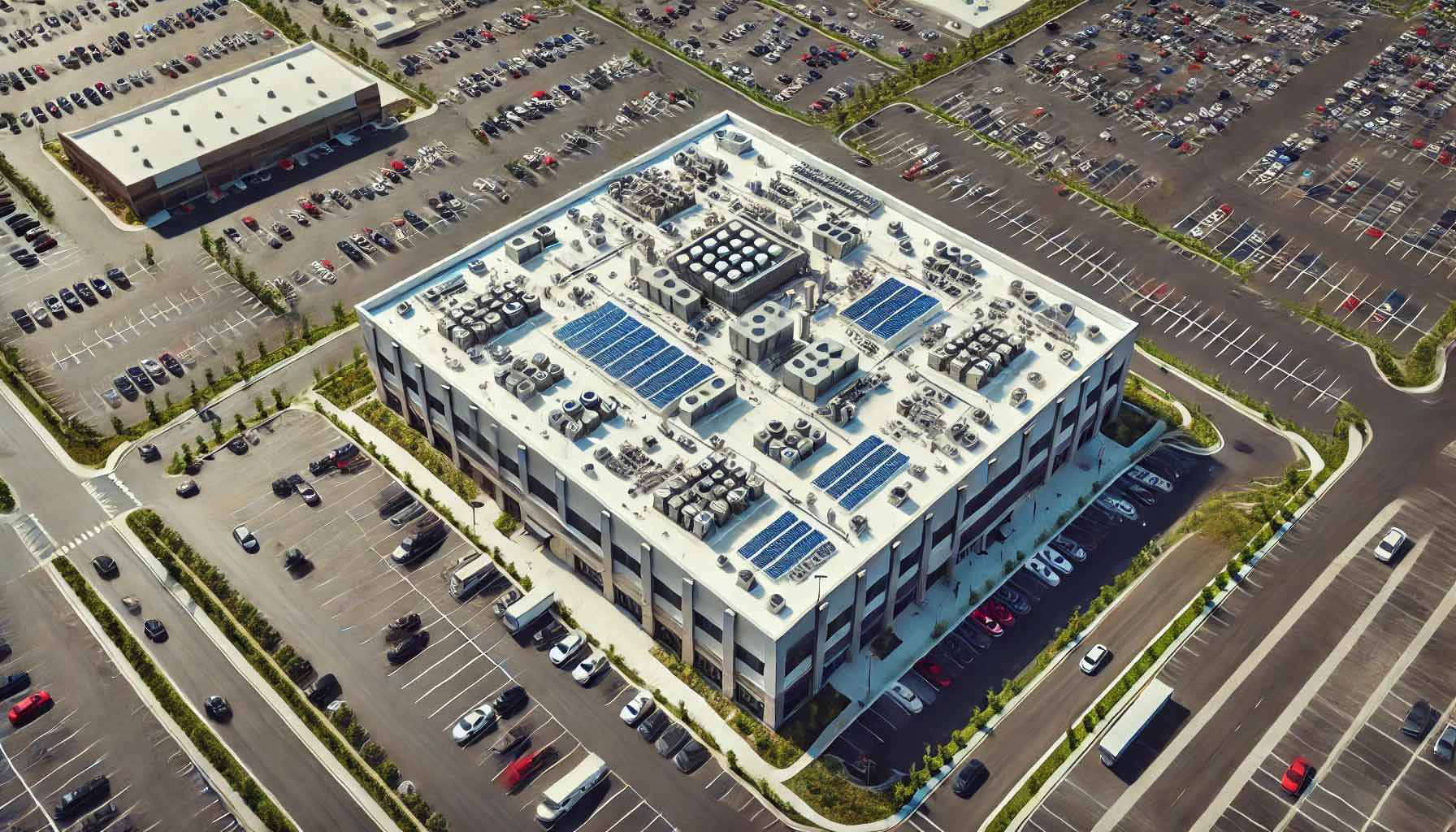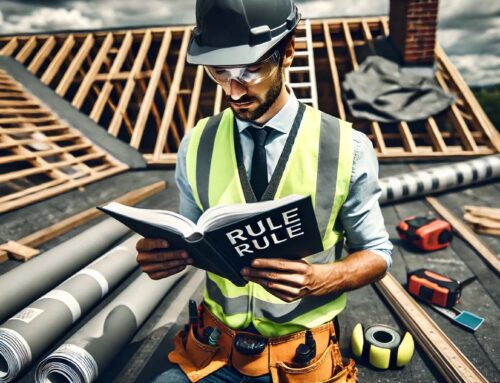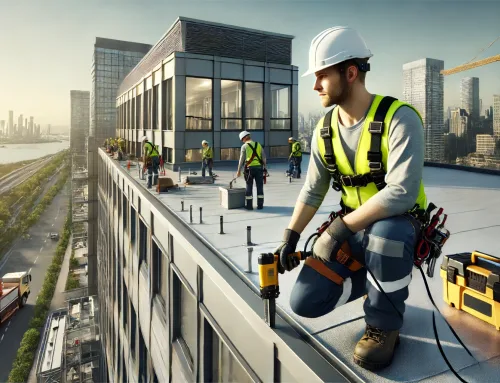Picture this: It’s a beautiful day on the Sunshine Coast, business is bustling, customers are happy, and all is well. Suddenly, you spot a drip from the ceiling, then another. Before you know it, your busy business is dealing with a major disruption. Sound like a nightmare? Well, with proper commercial roof repairs, you can avoid such disasters.
Why Commercial Roof Repairs Matter
Commercial roofs are the unsung heroes of our businesses. They endure the scorching sun, heavy rains, and everything in between, all while keeping us safe and dry. But even heroes need a bit of TLC from time to time. Regular maintenance and timely repairs are essential to keep your roof in top shape and ensure it does its job properly.
The Sunshine Coast Weather Factor
The Sunshine Coast is famous for its lovely weather, but it’s also known for its unpredictability. One minute you’re basking in sunshine, and the next, a sudden storm rolls in. This constant weather change can really take a toll on your commercial roofing Sunshine Coast, making regular inspections and repairs even more important.
Signs Your Commercial Roof Needs Repair
Spotting the signs of roof damage early can save you a lot of time, money, and headaches. Here are some red flags to look out for:
- Leaks and Water Stains: Obvious but often ignored until it’s too late. Even small leaks can lead to big problems.
- Blistering or Bubbling: This means there’s moisture trapped under the roof membrane.
- Sagging: A clear sign that the roof’s structural integrity is compromised.
- Damaged Flashing: Flashing seals the edges and joints of your roof. If it’s damaged, water can sneak in.
- Increased Energy Bills: If your energy costs are rising, your roof might be to blame. Poor insulation or ventilation issues can lead to higher energy use.
The Commercial Roof Repair Process
Understanding the repair process can help you stay informed and prepared. Here’s a step-by-step look at what to expect:
1. Inspection and Assessment
First up is a thorough inspection. A professional roofer will check out the damage, figure out the cause, and provide a detailed report. This is crucial for understanding the extent of the repairs needed.
2. Planning and Cost Estimation
Once the inspection is done, the next step is to plan the repairs. This includes picking the right materials, scheduling the work, and giving you a cost estimate. Transparency here ensures no surprises down the line.
3. Repair Execution
This is where the magic happens. Depending on the damage, repairs can range from patching small leaks to replacing entire sections of the roof. Quality workmanship is key to making sure the repairs last.
4. Final Inspection and Maintenance Plan
After the repairs are done, a final inspection ensures everything is in top shape. Plus, a maintenance plan can help you keep your roof in good condition, preventing future issues.
Choosing the Right Roofing Contractor
Picking the right contractor is vital for the success of your roof repair project. Here are some tips to help you make the right choice:
- Experience and Skill: Look for contractors with a solid track record in commercial roofing.
- Local Knowledge: A local contractor will understand the unique challenges posed by the Sunshine Coast climate.
- References and Reviews: Don’t hesitate to ask for references and check online reviews.
- Licensing and Insurance: Make sure the contractor is licensed and insured to protect yourself from any liabilities.
Comparison of Roofing Materials
| Material | Lifespan | Cost | Maintenance |
|---|---|---|---|
| Asphalt Shingles | 20-30 years | Low | Moderate |
| Metal Roofing | 40-70 years | Moderate | Low |
| EPDM Rubber | 30-50 years | Moderate | Low |
| TPO Roofing | 20-30 years | Moderate | Low |
| PVC Roofing | 20-30 years | High | Low |
Preventive Maintenance: The Key to Longevity
Preventive maintenance is like a regular health check-up for your roof. It helps you catch minor issues before they become major problems. Here are some maintenance tips to keep your commercial roof in top shape:
- Regular Inspections: Schedule bi-annual inspections, preferably in spring and autumn.
- Clean Gutters and Drains: Make sure water flows off the roof properly.
- Trim Overhanging Branches: Prevent damage from falling branches.
- Check for Debris: Remove leaves, dirt, and other debris that can trap moisture.
- Seal and Caulk: Regularly check and reseal areas around vents, skylights, and other roof penetrations.
Maintenance Schedule
| Task | Frequency |
|---|---|
| Roof Inspection | Bi-annual |
| Gutter Cleaning | Quarterly |
| Debris Removal | Monthly |
| Sealant Application | Annually |
| Trim Overhanging Branches | Annually |
When to Consider a Roof Replacement
Sometimes, repairs aren’t enough, and a replacement is necessary. If your roof is nearing the end of its lifespan or has extensive damage, it might be time to consider a replacement. Here are some indicators:
- Frequent Repairs: If you’re constantly repairing your roof, a replacement might be more cost-effective in the long run.
- Extensive Damage: Severe weather damage or widespread deterioration may mean it’s time for a new roof.
- Age of the Roof: If your roof is over 20-30 years old, it’s probably time for a replacement.
The Cost of Commercial Roof Repairs
The cost of commercial roof repairs can vary widely based on several factors, including the extent of the damage, the materials used, and the contractor’s rates. Here’s a rough estimate to give you an idea:
| Repair Type | Estimated Cost (AUD) |
|---|---|
| Minor Leak Repair | $500 – $1,500 |
| Moderate Repairs | $1,500 – $5,000 |
| Major Repairs | $5,000 – $10,000 |
| Full Roof Replacement | $30,000+ |
Remember, investing in quality repairs now can save you from more expensive problems down the road.
The Bottom Line
Your commercial roof is a crucial part of your business’s infrastructure. Regular maintenance and timely repairs not only protect your investment but also ensure the safety and comfort of everyone under your roof. Whether it’s a minor leak or a major overhaul, addressing roof issues promptly can keep your business running smoothly, rain or shine.
So, the next time you notice a suspicious drip or a sagging ceiling tile, don’t wait. Contact a trusted roofing contractor and give your roof the care it deserves. After all, a well-maintained roof is a happy roof, and a happy roof means a happy business.






